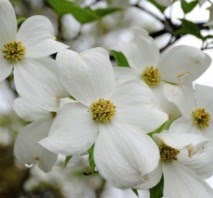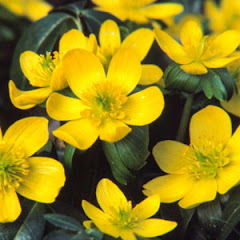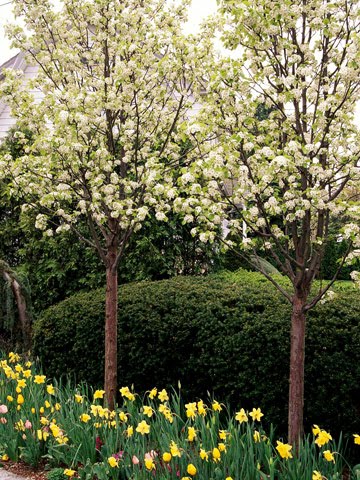
According to the Wall Street Journal: Michelle Obama has put a vegetable garden on the grounds of the White House. Sales of seeds and plants are soaring. And pro-garden groups are churning out studies that show huge paybacks on investing in a home garden. The nonprofit National Gardening Association just produced a study -- sponsored by ScottsMiracle-Gro Co. -- that found the average family with a vegetable garden spends just $70 a year on it and grows an estimated $600 worth of vegetables.
 George Ball, chairman and CEO of seed giant Burpee, can rattle off the savings for dozens of homegrown crops. Green beans will generate $75 worth of crops for each $1 you spend on seeds, Mr. Ball calculates. Even the lowly potato will generate $5 of spuds for each $1 you invest in seeds.
George Ball, chairman and CEO of seed giant Burpee, can rattle off the savings for dozens of homegrown crops. Green beans will generate $75 worth of crops for each $1 you spend on seeds, Mr. Ball calculates. Even the lowly potato will generate $5 of spuds for each $1 you invest in seeds.
Does it all sound too good to be true? Depending on your situation, it may be. Neither Mr. Ball nor the National Garden Association study focus on how much you may have to sink into your garden before you can grow anything. If you're starting out, you'll need tools to till the soil. You may have to terrace your land or build raised beds. You may need a fence to keep animals out. Many of these are onetime expenditures, but they can cost a lot more than seeds.
If you're starting out, you'll need tools to till the soil. You may have to terrace your land or build raised beds. You may need a fence to keep animals out. Many of these are onetime expenditures, but they can cost a lot more than seeds. Mr. Ball replies that most people will still save money by growing their own vegetables. He says that items like fences and tools last for years, and their costs should properly be amortized over the life of the garden. In fact, he believes his seed-payback ratios understate the true benefits for growing your own "because of the vastly superior produce you'll get" in a home garden, compared to what you get from a supermarket. (source Wall Street Journal)
Mr. Ball replies that most people will still save money by growing their own vegetables. He says that items like fences and tools last for years, and their costs should properly be amortized over the life of the garden. In fact, he believes his seed-payback ratios understate the true benefits for growing your own "because of the vastly superior produce you'll get" in a home garden, compared to what you get from a supermarket. (source Wall Street Journal)
 George Ball, chairman and CEO of seed giant Burpee, can rattle off the savings for dozens of homegrown crops. Green beans will generate $75 worth of crops for each $1 you spend on seeds, Mr. Ball calculates. Even the lowly potato will generate $5 of spuds for each $1 you invest in seeds.
George Ball, chairman and CEO of seed giant Burpee, can rattle off the savings for dozens of homegrown crops. Green beans will generate $75 worth of crops for each $1 you spend on seeds, Mr. Ball calculates. Even the lowly potato will generate $5 of spuds for each $1 you invest in seeds.Does it all sound too good to be true? Depending on your situation, it may be. Neither Mr. Ball nor the National Garden Association study focus on how much you may have to sink into your garden before you can grow anything.
 If you're starting out, you'll need tools to till the soil. You may have to terrace your land or build raised beds. You may need a fence to keep animals out. Many of these are onetime expenditures, but they can cost a lot more than seeds.
If you're starting out, you'll need tools to till the soil. You may have to terrace your land or build raised beds. You may need a fence to keep animals out. Many of these are onetime expenditures, but they can cost a lot more than seeds. Mr. Ball replies that most people will still save money by growing their own vegetables. He says that items like fences and tools last for years, and their costs should properly be amortized over the life of the garden. In fact, he believes his seed-payback ratios understate the true benefits for growing your own "because of the vastly superior produce you'll get" in a home garden, compared to what you get from a supermarket. (source Wall Street Journal)
Mr. Ball replies that most people will still save money by growing their own vegetables. He says that items like fences and tools last for years, and their costs should properly be amortized over the life of the garden. In fact, he believes his seed-payback ratios understate the true benefits for growing your own "because of the vastly superior produce you'll get" in a home garden, compared to what you get from a supermarket. (source Wall Street Journal)












No comments:
Post a Comment